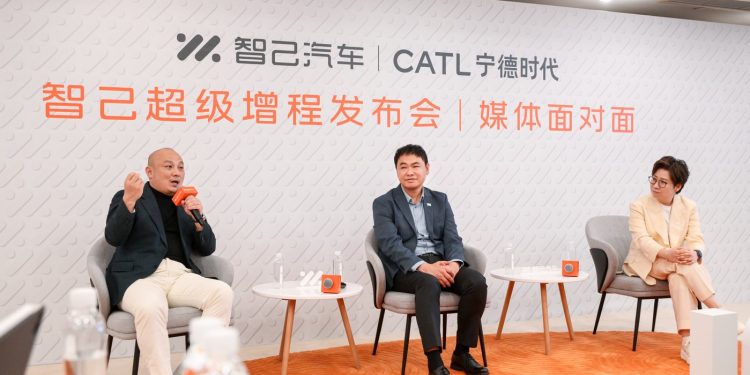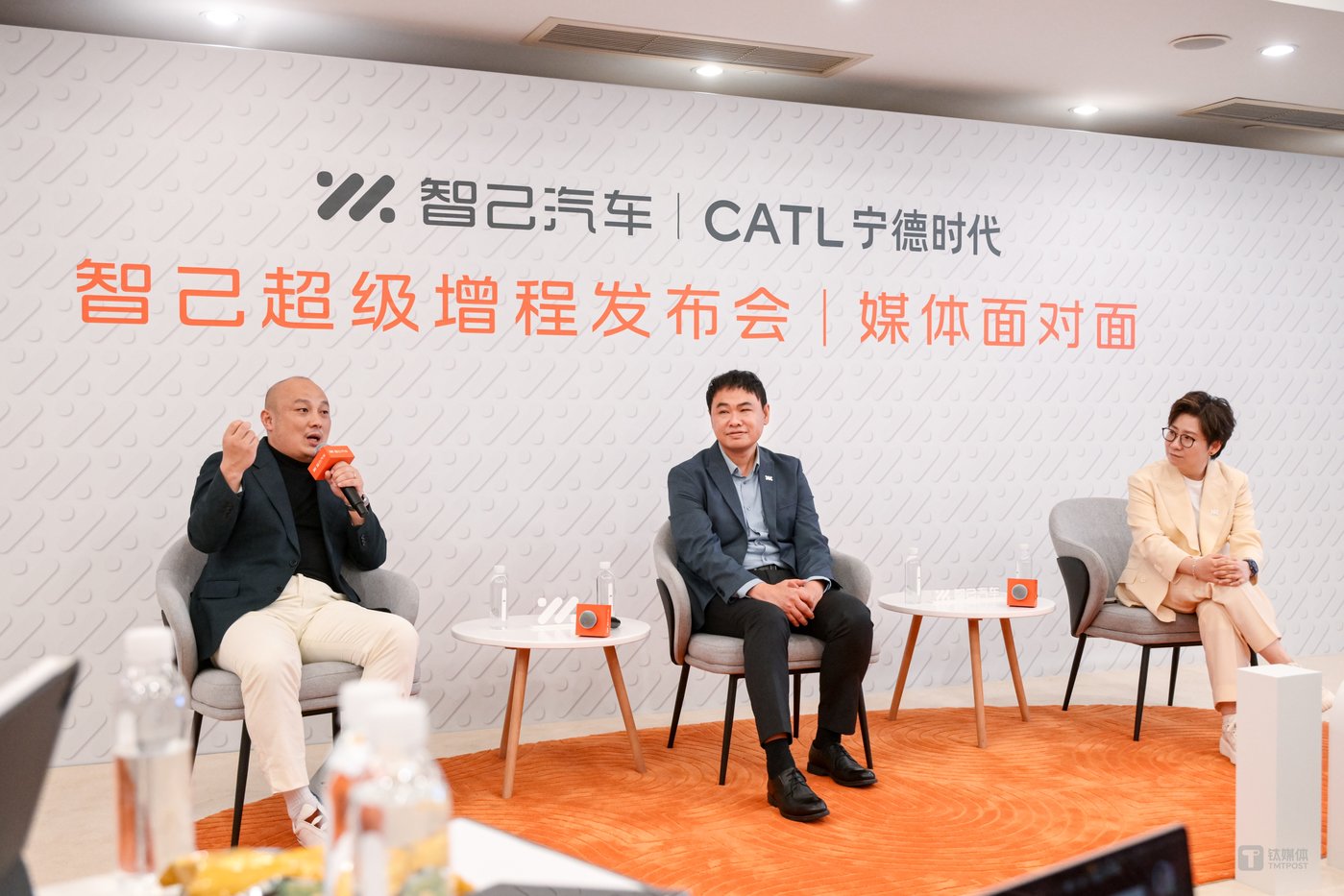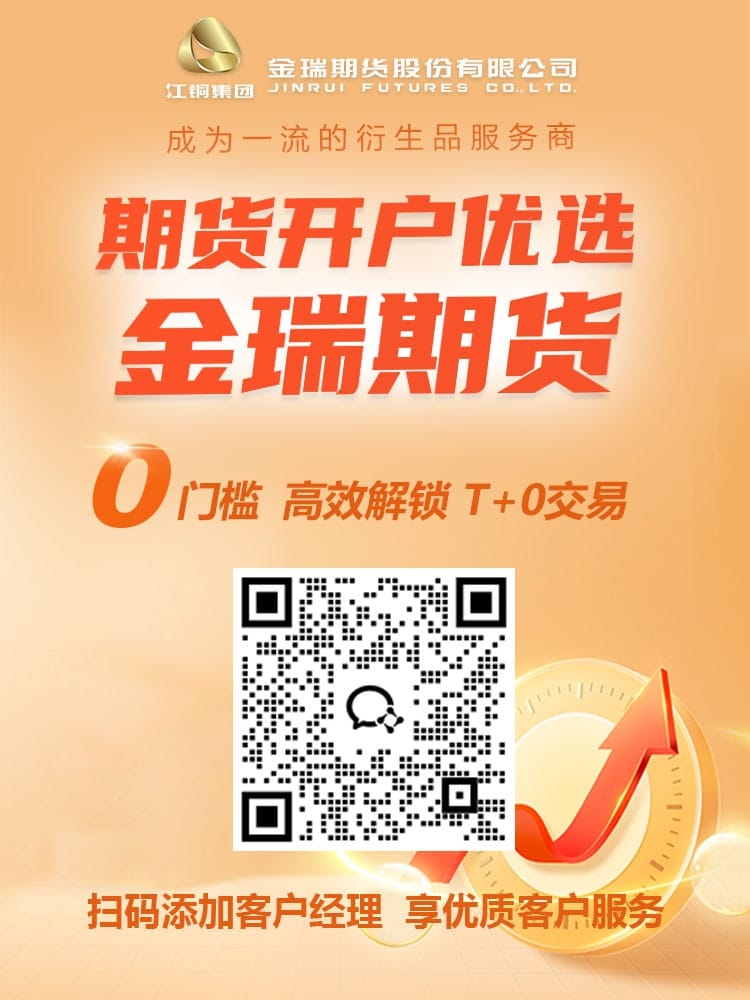TMTPOST -- As China』s extended-range electric vehicle (EREV) segment shifts from rapid expansion to slower, quality-driven growth, IM Motors is doubling down on a bold technology play to stay competitive.
According to data from the China Passenger Car Association, EREV sales totaled 538,000 units in the first half of 2025, up 16.5% year-on-year, yet a clear deceleration from the prior year』s pace. At this inflection point, IM Motors unveiled its 「Stellar」 Super Extended-Range Technology on August 1 in Shanghai, aiming to redefine the EREV experience and capture fresh demand in a maturing market.
The company』s strategy centers on addressing persistent consumer pain points — limited pure electric range, performance drop-offs when batteries deplete, and harsh winter driving challenges. IM Motors' Chief Marketing Officer Li Weimeng said the Stellar platform seeks to elevate EREV from a 「compromise solution」 to the 「optimal choice」 by merging pure electric vehicle (EV) driving dynamics with backup range-extending capabilities.
Unlike traditional EREV manufacturers, IM Motors is leveraging its pure electric DNA, integrating 800V high-voltage architecture, silicon carbide motors, digital chassis systems, and AI-powered smart cockpits into its range-extended models. The result is an architecture anchored by a large 66kWh dedicated battery delivering 450km of pure electric range, with a downsized 50L fuel tank relegated to a backup role.
「Our vision is not just to build a range-extended vehicle, but an electric car equipped with an ultra-fast charging station onboard,」 Li said.
This strategy, however, brings significant cost challenges. Large batteries drive up material expenses, pressuring IM Motors to innovate on cost control to maintain price competitiveness. Partnering with CATL, the company is banking on material innovations, system efficiencies, and scale manufacturing to balance the equation.
Gao Huan, IM Motors' battery chief, noted that higher-cost single-crystal cathodes and optimized electrolytes will extend battery cycle life by 50%, shifting cost considerations from upfront pricing to long-term value. Additionally, the company』s 「large battery, low fuel consumption」 model — with fuel economy reaching 5.32L/100km when depleted — aims to reduce operating costs over the vehicle』s lifecycle.
The first model featuring Stellar technology, the next-generation LS6, will debut on August 15, followed by the luxury flagship LS9 in the fourth quarter. IM Motors is simultaneously accelerating its retail footprint, targeting nearly 400 outlets by the end of August, with an emphasis on third- and fourth-tier cities where EV adoption lags due to limited home charging infrastructure.
Tapping into Untapped Markets
IM Motors' differentiated approach avoids head-on competition with existing EREV leaders like Li Auto and AITO. Instead, it targets consumers deterred from EV purchases by range anxiety, presenting its range-extender models as EVs with built-in supercharging solutions.
Research by IM Motors and the China Automotive Technology and Research Center shows 92% of NEV users have daily commutes under 333km, while nearly half of users without home chargers cite range limitations as a key frustration. The company』s 66kWh battery — paired with 800V ultra-fast charging that adds 310km in 15 minutes — directly addresses these concerns.
Yet, IM Motors faces significant headwinds. First-half 2025 sales stood at just 19,158 units, a 14.67% decline year-on-year, fulfilling only 19% of its annual target of 100,000 units. Competition is also intensifying, with newcomers like Xiaomi, Xpeng, and joint venture brands entering the EREV space. SAIC Motor』s co-branded model with Huawei, the Shangjie H5, is set to hit the market in September, targeting the crucial 150,000-250,000 yuan segment.
Amid a cooling EREV market and escalating competition, whether IM Motors』 「large battery, small fuel tank」 strategy can carve out incremental demand and achieve a meaningful sales breakthrough remains uncertain. The coming quarters will test whether Stellar becomes a transformative force—or a solitary experiment—in the evolution of extended-range technology.
























